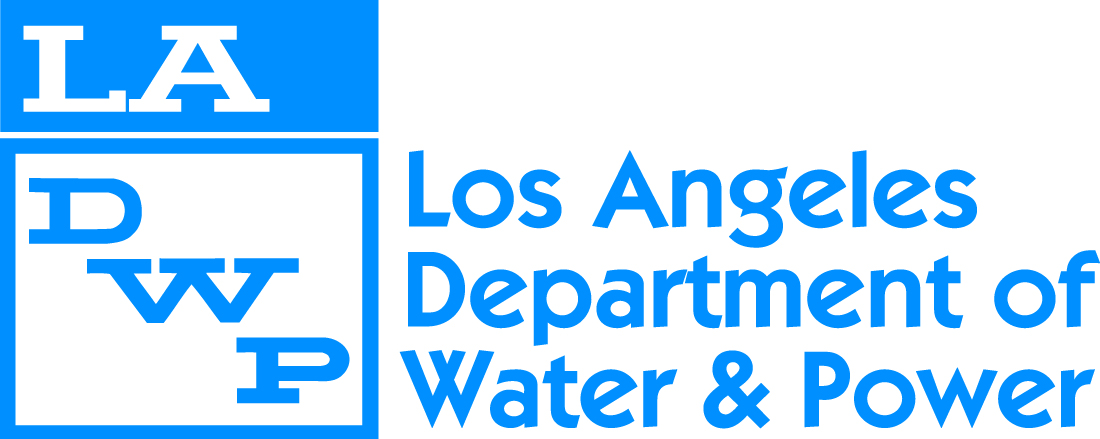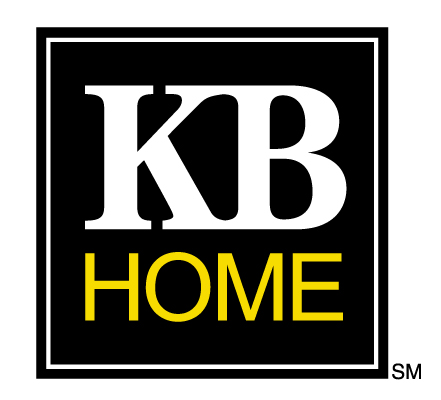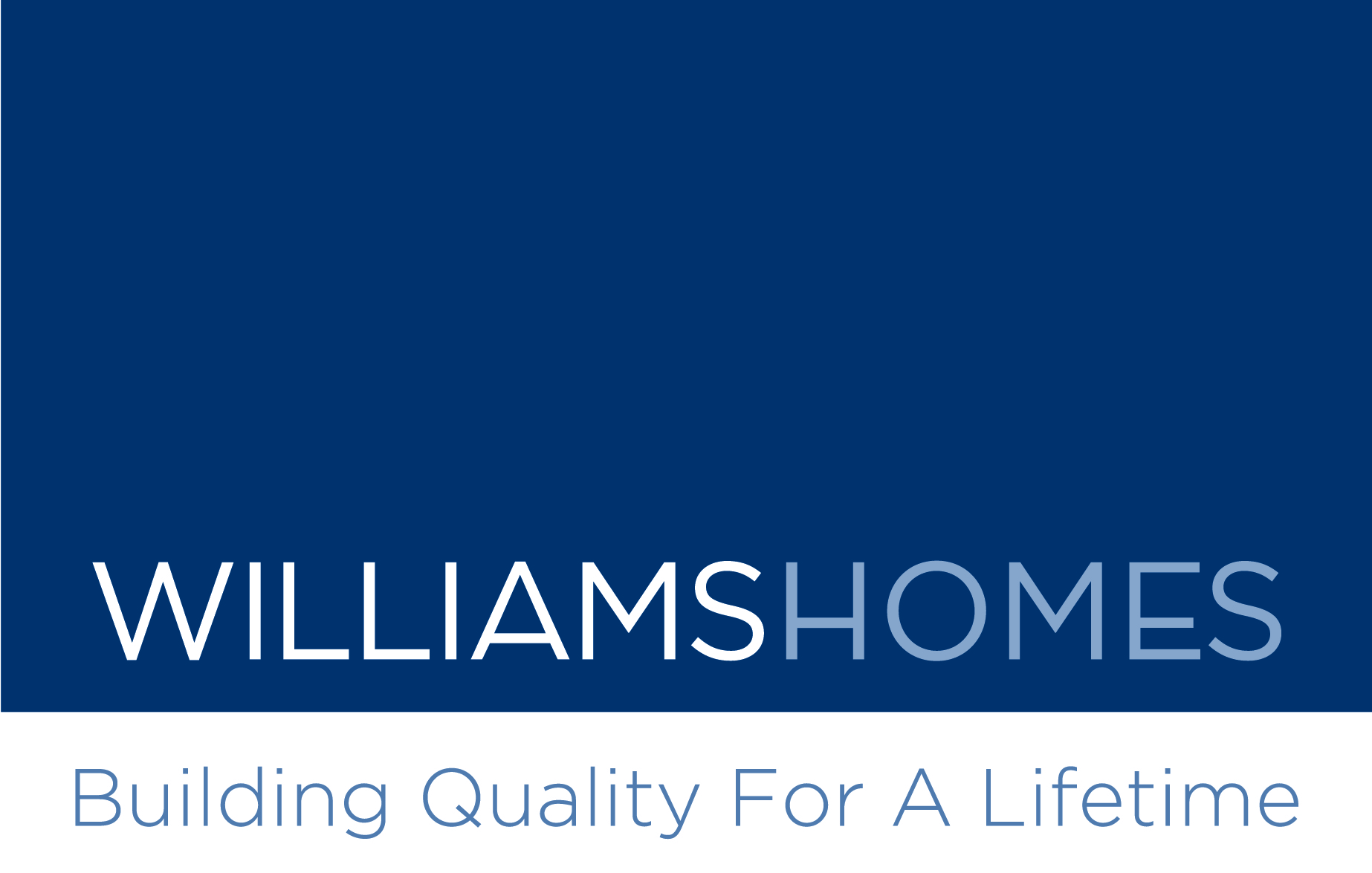The crusade against the single-family home (cont.)
 Tuesday, July 26, 2011 at 4:44PM
Tuesday, July 26, 2011 at 4:44PM Geographer and commentator Joel Kotkin is back with a hard-hitting look at the state's efforts to combine land-use and transportation planning in its efforts to reduce greenhouse gas emisions.
SB 375, enacted by the Legislature in 2008, gives responsibility for this planning work to the metropolitan planning organizations around the state - the Southern California Assn. of Governments in our region. As we noted the other day, SCAG is in the process of holding public workshops to gather input as it crafts a draft Sustainable Communities Strategy, due for release late this year.
Kotkin takes a dim view of what he sees as the state's crusade against single-family homes.
In recent years, homeowners have been made to feel a bit like villains rather than the victims of hard times, Wall Street shenanigans and inept regulators. Instead of being praised for braving the elements, suburban homeowners have been made to feel responsible for everything from the Great Recession to obesity to global warming.
In California, the assault on the house has gained official sanction. Once the heartland of the American dream, the Golden State has begun implementing new planning laws designed to combat global warming. These draconian measures could lead to a ban on the construction of private residences, particularly on the suburban fringe. The new legislation’s goal is to cram future generations of Californians into multi-family apartment buildings, turning them from car-driving suburbanites into strap-hanging urbanistas.
As we've noted before, polling and market research clearly shows that the vast majority of Californians still prefer to live in single-family homes, and the same is true of prospective Generation Y homebuyers once they start to form families. Kotkin cites research confirming that view, but says too many policy-makers are simply ignoring the facts.
But who needs facts when you have religion? Take the Association of Bay Area Governments (ABAG) and Metropolitan Transit Commission’s (MTC) new “sustainable communities strategy,” a document designed to meet the requirements of the state’s draconian anti-greenhouse gas legislation.
This “strategy” seeks to all but reduce growth in the region’s lower-density outer fringe – eastern Contra Costa County as well as the Napa, Vallejo and Santa Rosa metropolitan areas — which grew more than twice as fast as the core and inner suburbs. Instead the ABAG-MTC projects a soaring increase in demand for high-density housing and its latest “vision” report calls for 97% of all the region’s future housing be built in urban areas, virtually all of it multi-family apartments, to accommodate an estimated 2 million residents.
It's troubling that SCAG presents a "scenario" in its ongoing workshops that calls for the same strategy throughout Southern California in the next 25 years.
Finally, Kotkin points out there's a simple technology that would allow people to live where they want in the kind of homes they want and still reduce the amount of miles they put on their cars and thus the amount of GHGs they produce.
The (Bay Area) report also studiously avoids mentioning the potential greenhouse gas reductions to be had by expanding telecommuting, which is growing six times faster than the fervently pushed transit commuting in the region. The Silicon Valley already has 25% more telecommuters than transit users. Clearly, by pushing telecommuting, you could get big reductions in GHG without a “cramming” agenda.
The BIA will continue to work hard in the months to come to promote regional plans that will accommodate the broad mix of new housing that will be needed in our region - apartments, condos, mixed use developments and, yes, single-family homes in the suburbs.

















